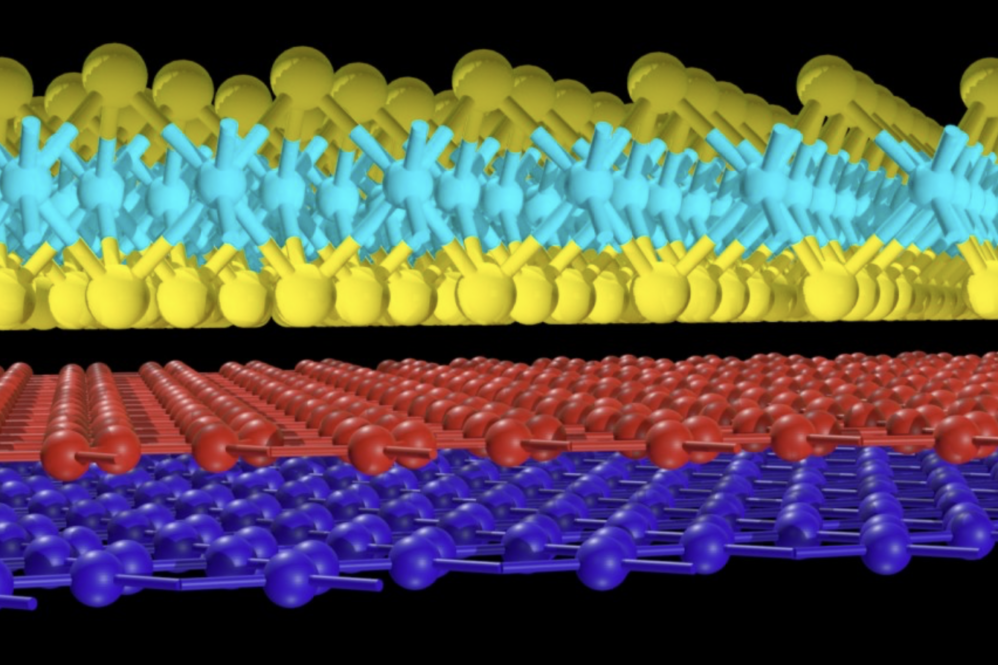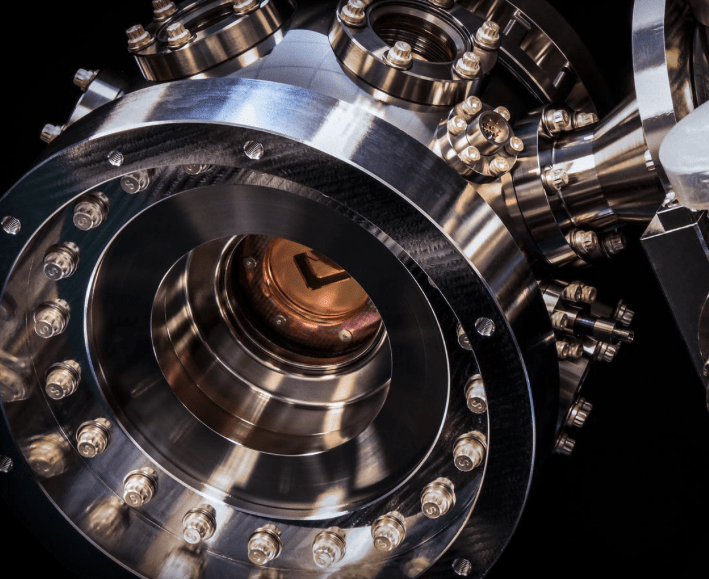Researchers from Brown University have discovered a remarkable new property in magic-angle graphene. When two graphene sheets are stacked at a specific angle and cooled to extremely low temperatures, they become superconducting. Now, the research team has found that by inducing spin-orbit coupling, this same material can become strongly ferromagnetic.
This discovery is significant because magnetism and superconductivity rarely appear in the same material, opening new avenues to study their interaction. Professor Jia Li, the senior author, emphasizes this creates exciting possibilities for quantum science research.
The team introduced spin-orbit coupling by precisely interfacing magic-angle graphene with tungsten diselenide. When testing the material with electrical currents and magnetic fields, they observed a voltage perpendicular to the current (Hall effect), indicating an intrinsic magnetic field in the material.
Surprisingly, they found this magnetic state could be controlled using an external magnetic field oriented either in the plane of the graphene or out-of-plane, differing from typical magnetic materials without spin-orbit coupling. This observation confirmed the presence of spin-orbit coupling and helped develop a theoretical understanding of the phenomenon.
The research has potential applications in computer memory devices as the magnetic properties can be controlled by both magnetic and electric fields, making the system ideal for flexible read/write memory applications. Additionally, it could benefit quantum computing since the interface between ferromagnetism and superconductivity could serve as a building block for quantum computers, solving the typical problem where magnets destroy superconductivity.
The team is now working to stabilize both superconductivity and ferromagnetism simultaneously in the material, which would be a rare achievement in physics with potentially groundbreaking implications. This work advances our understanding of magic-angle graphene, which has already attracted significant attention for its unique properties when sheets are stacked. The addition of spin-orbit coupling introduces a new dimension to study quantum phenomena in this two-dimensional material system.
Reference: Jiang-Xiazi Lin, Ya-Hui Zhang, Erin Morissette, Zhi Wang, Song Liu, Daniel Rhodes, K. Watanabe, T. Taniguchi, James Hone, J. I. A. Li. Spin-orbit–driven ferromagnetism at half moiré filling in magic-angle twisted bilayer graphene. Science, 2022; DOI: 10.1126/science.abh2889



